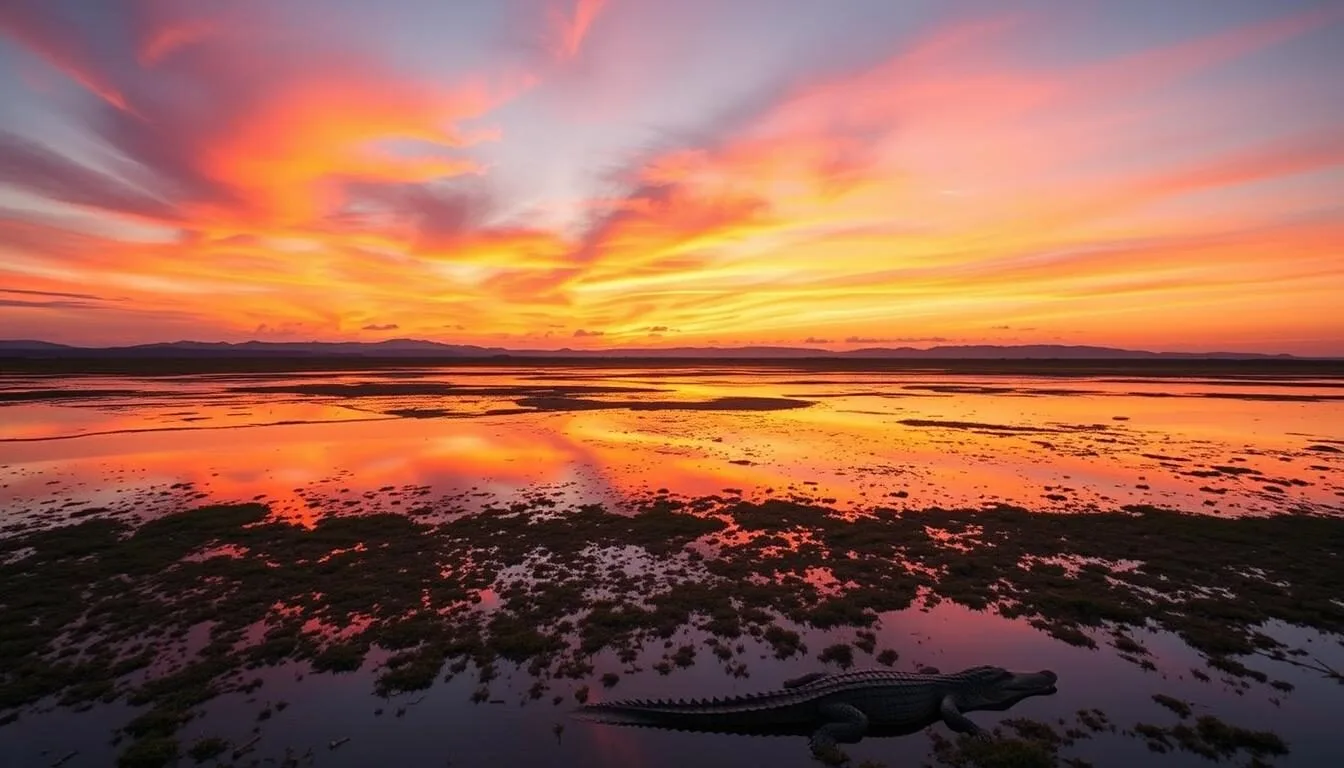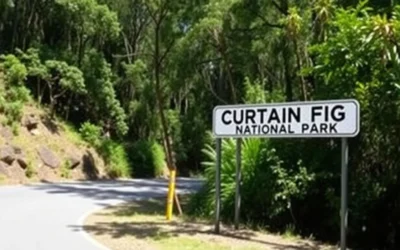Did you know that Rinyirru (Lakefield) National Park spans over 537,000 hectares, making it Queensland’s second-largest national park? Yet despite its vast size, this wilderness gem sees fewer annual visitors than many of Australia’s more accessible natural attractions. With its sprawling wetlands, abundant wildlife, and ancient cultural sites, Lakefield National Park offers an authentic Australian outback experience that rewards those willing to venture off the beaten path.
Getting There & Planning Your Journey
Located on Cape York Peninsula in Far North Queensland, Lakefield National Park requires some preparation to visit. The park is approximately 340km northwest of Cairns, accessible via the Peninsula Development Road. Most visitors approach from Cooktown or Laura, with the journey taking you through quintessential outback landscapes.
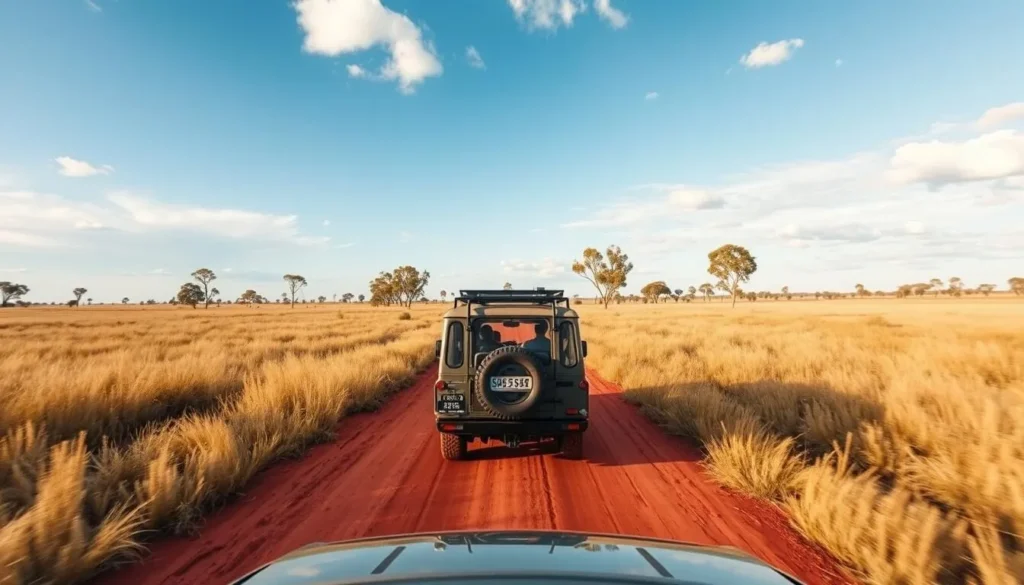
Plan Your Trip to Lakefield National Park
Start by booking flights to Cairns, then arrange a sturdy 4WD vehicle for your adventure.
Important: The park is typically closed during the wet season from early December to late June due to flooding. Always check the current park status before planning your trip.
A high-clearance 4WD vehicle is essential for exploring the park, as many roads become impassable after rain. Pack essential supplies including extra fuel, water, food, and emergency equipment, as services within the park are extremely limited.
Best Time to Visit & Weather Tips
The park is typically open from July to November during the dry season. This period offers the most comfortable temperatures and minimal rainfall, making roads more accessible and wildlife viewing opportunities abundant as animals gather around remaining water sources.
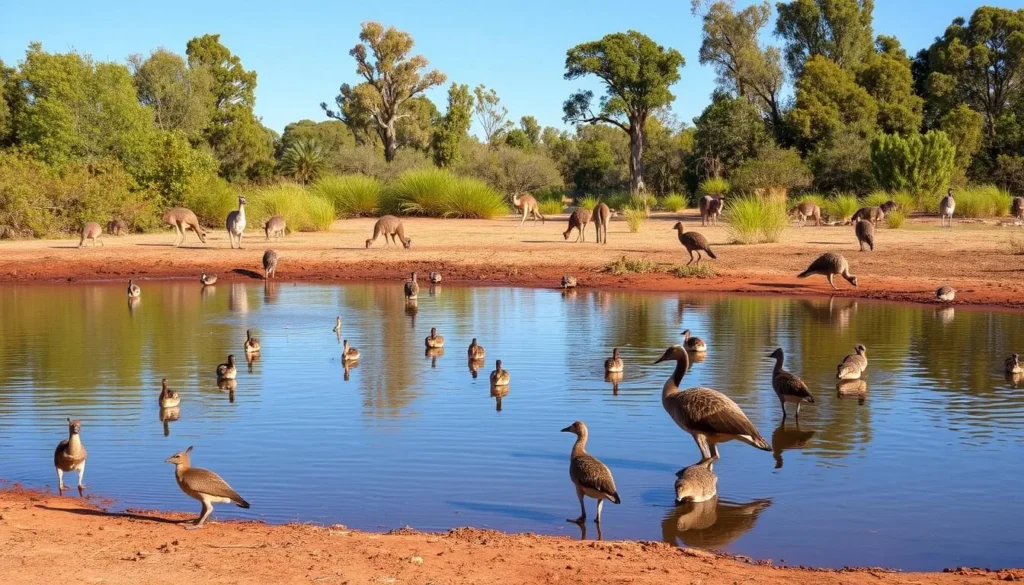
Dry Season (July-November)
- Average temperatures: 15-30°C (59-86°F)
- Minimal rainfall and lower humidity
- Best wildlife viewing as animals concentrate around water
- All camping areas and tracks accessible
Wet Season (December-June)
- Park is typically closed to visitors
- Heavy rainfall and possible flooding
- High humidity and temperatures
- Roads become impassable
Weather in tropical North Queensland can change rapidly. Even during the dry season, prepare for occasional rain showers and check weather forecasts before and during your visit.
Getting Around Locally
Navigating Lakefield National Park requires preparation and the right equipment. The park features a network of unsealed roads and tracks that vary in condition throughout the open season.
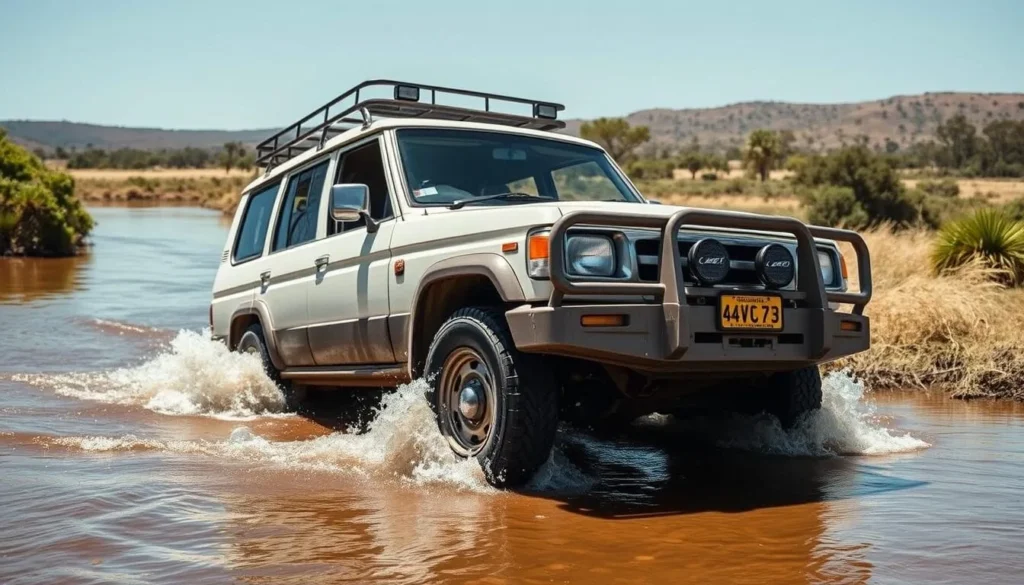
Essential Transportation Tips:
- High-clearance 4WD vehicles are mandatory for most areas
- River crossings require experience and caution
- Carry recovery equipment including snatch straps and shovel
- Bring a detailed map or GPS with park tracks marked
- Inform someone of your planned route and expected return
Explore With Local Expertise
Not confident driving yourself? Book a guided tour with experienced local operators who know the terrain and wildlife.
Where to Stay
Accommodation in Lakefield National Park is primarily camping-based, offering an authentic outback experience. The park features numerous designated camping areas along rivers, lagoons, and scenic spots.
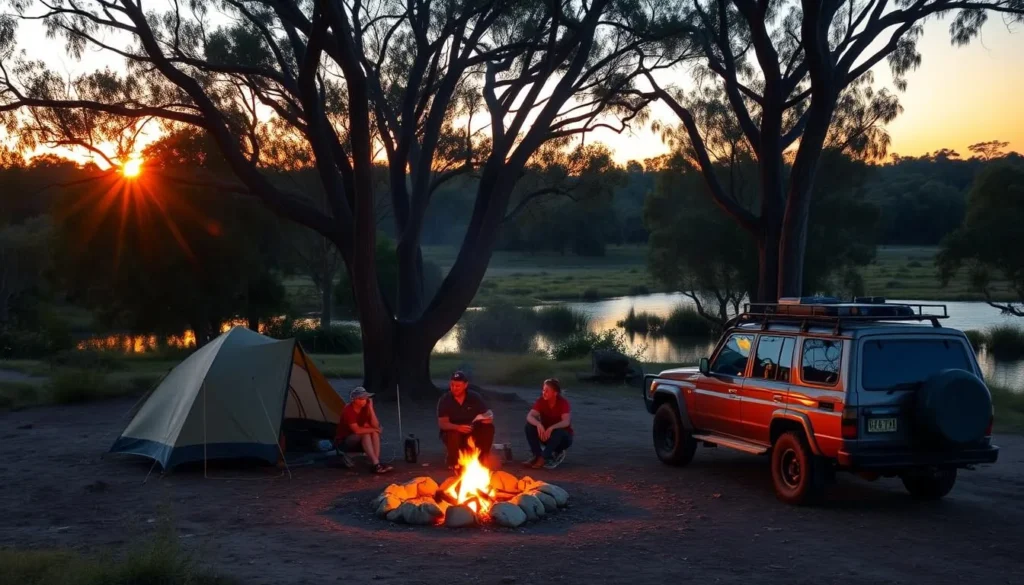
Popular Camping Areas:
Kalpowar Crossing
Scenic riverside camping with good fishing opportunities and basic facilities including toilets.
Hann Crossing
Spacious camping area along the North Kennedy River with shade trees and good bird watching.
12 Mile Waterhole
Peaceful lagoon setting with abundant wildlife viewing and fishing opportunities.
Camping permits are required and should be booked well in advance, especially during peak season (July-August). Fees apply and help maintain park facilities.
For those preferring more comfort, accommodation options are available in nearby towns like Laura and Cooktown, allowing day trips into the park.
Book Your Stay
Secure camping permits or find comfortable accommodation in nearby towns.
Top Attractions & Activities
Lakefield National Park offers diverse activities for nature lovers, fishing enthusiasts, and cultural explorers. The park’s vast wetlands, rivers, and savanna landscapes provide endless opportunities for adventure and discovery.
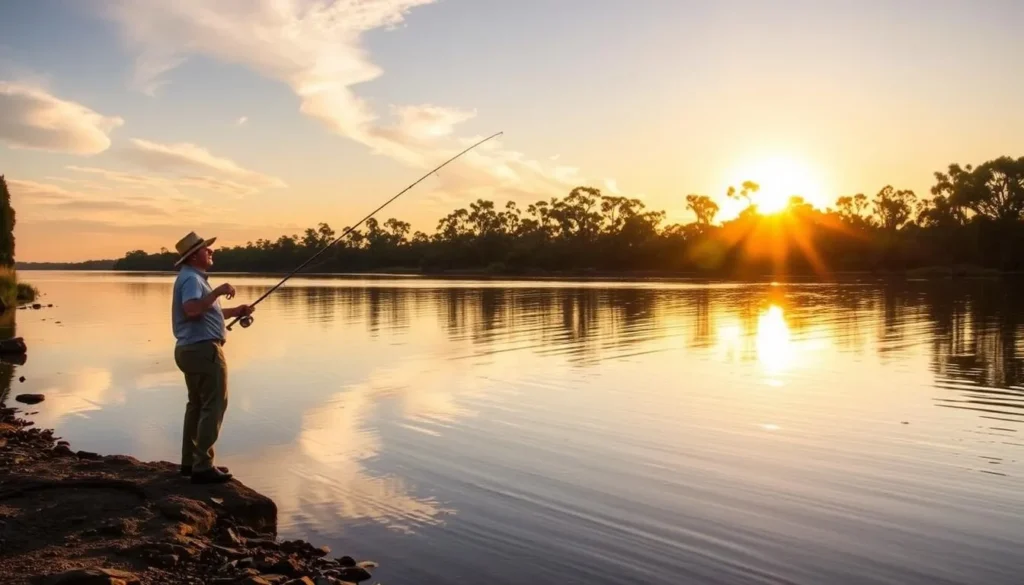
Wildlife Watching
The park is renowned for its abundant wildlife, particularly during the dry season when animals concentrate around permanent water sources. Saltwater crocodiles are a major attraction, with safe viewing possible from designated areas. The wetlands also attract diverse birdlife, including jabirus, brolgas, and magpie geese.
Remember to maintain a safe distance from crocodiles at all times. Never swim in rivers, creeks, or lagoons within the park.
Fishing
Lakefield National Park is a premier fishing destination, with barramundi, mangrove jack, and saratoga among the prized catches. The Normanby and North Kennedy Rivers offer excellent fishing opportunities, particularly during the early dry season.
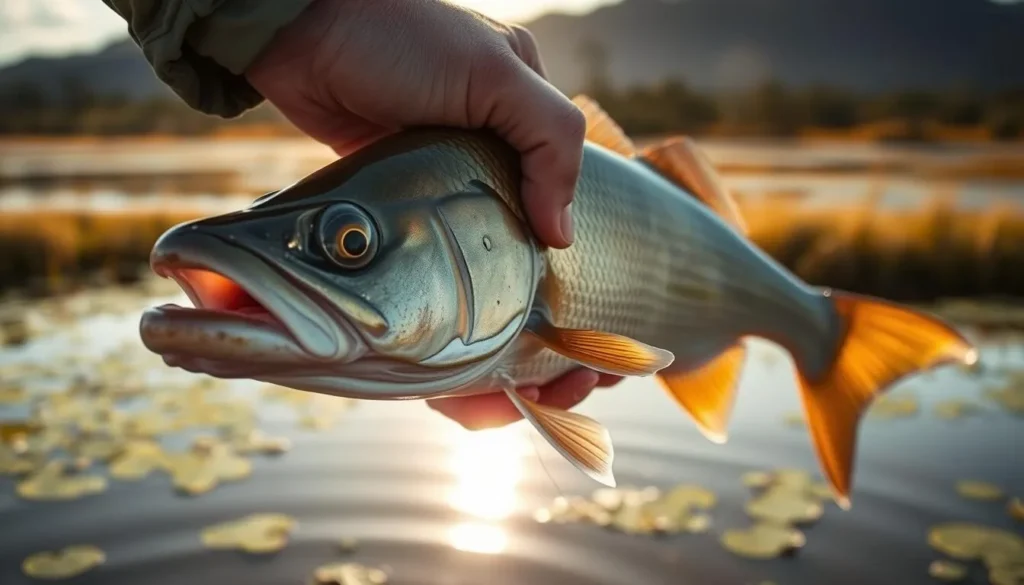
Historical Sites
Visit the historic Old Laura Homestead to glimpse the area’s pastoral history. This well-preserved cattle station dates back to the 1870s and offers insight into the challenging lives of early European settlers.
Experience Lakefield’s Best Activities
Book guided fishing trips, wildlife tours, and cultural experiences with knowledgeable local guides.
Cultural Experiences
Lakefield National Park (Rinyirru) holds deep cultural significance for the Traditional Owners, including the Lama Lama, Kuku Thaypan, and Bagaarrmugu peoples. The park is co-managed with Traditional Owners, ensuring cultural heritage is preserved and shared appropriately.
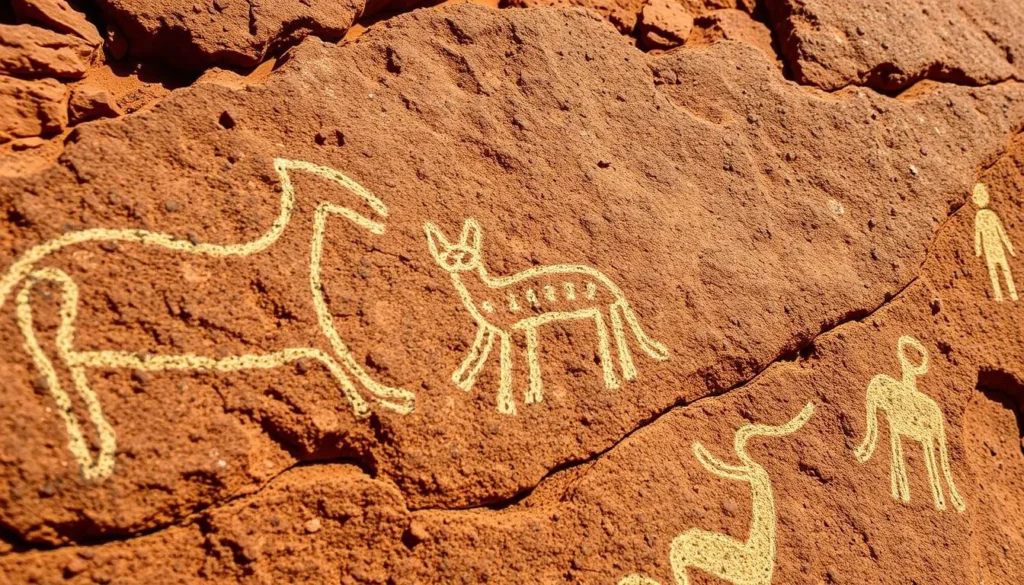
While in the region, consider visiting the Quinkan Cultural Centre in Laura to learn about the significant rock art sites in the area. The Laura region contains some of Australia’s most important prehistoric rock art, dating back thousands of years.
The name “Rinyirru” reflects the Traditional Owners’ connection to this land, which has been maintained for tens of thousands of years.
Guided cultural tours with Indigenous rangers offer insight into traditional land management practices, bush foods, and the spiritual significance of various sites within the park.
Safety & Practical Tips
Visiting Lakefield National Park requires careful preparation and awareness of potential hazards. Following these guidelines will help ensure a safe and enjoyable experience.
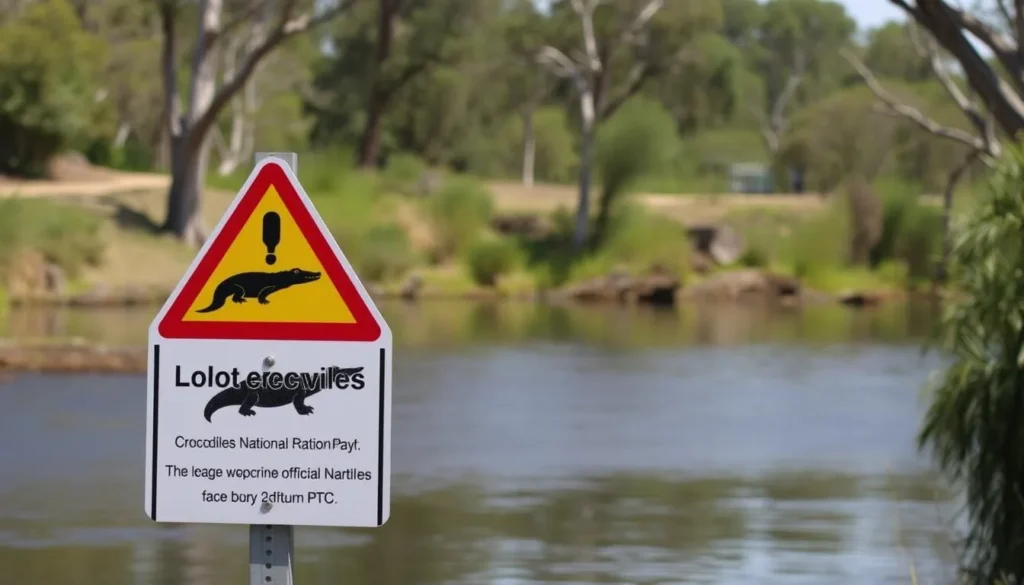
Crocodile Safety
- Never swim in rivers, creeks, or lagoons
- Stay at least 5 meters back from water’s edge
- Camp at least 50 meters from water
- Be extra cautious near water at dawn and dusk
- Observe crocodiles only from designated viewing areas
Vehicle Preparation
- Carry extra fuel, water, and food supplies
- Pack vehicle recovery equipment
- Bring basic tools and spare parts
- Check road conditions before departing
- Inform someone of your itinerary
Mobile phone coverage is extremely limited or non-existent within the park. Consider hiring a satellite phone or emergency beacon for remote travel.
Essential Packing List
- First aid kit and personal medications
- Insect repellent and sunscreen
- Detailed maps or GPS device
- Sufficient drinking water (minimum 5L per person per day)
- Emergency food supplies
- Camping equipment suitable for tropical conditions
Ready for Your Lakefield Adventure?
Lakefield National Park offers an authentic Australian wilderness experience that rewards preparation and respect for the natural environment. From spectacular wetlands teeming with wildlife to peaceful camping under star-filled skies, this remarkable park showcases the raw beauty of Cape York Peninsula.
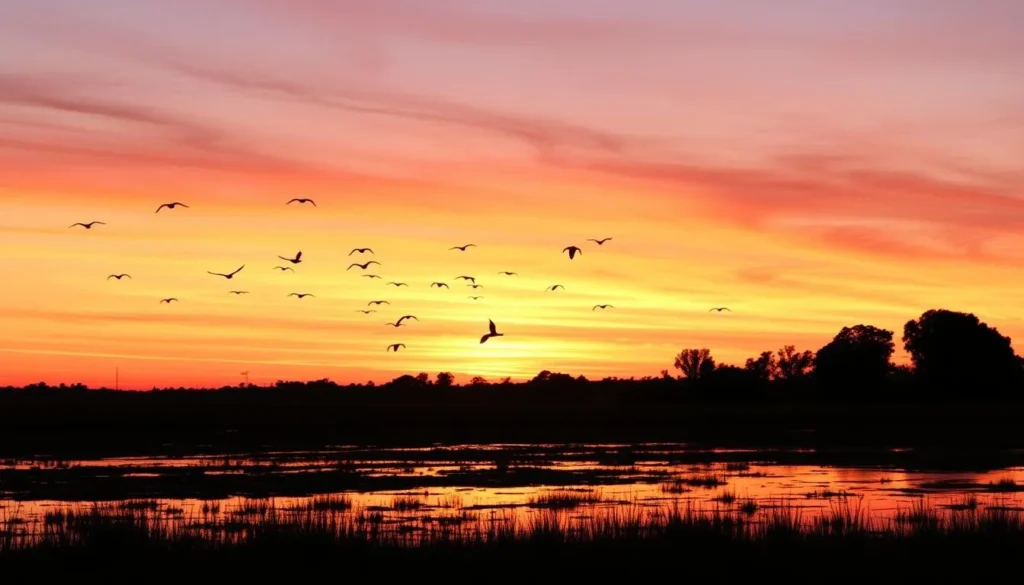
Begin Your Lakefield National Park Adventure
Start planning your journey to one of Queensland’s most spectacular wilderness areas.
Remember that visiting Lakefield National Park is as much about the journey as the destination. Take your time, respect the environment and cultural heritage, and embrace the opportunity to disconnect from everyday life while connecting with one of Australia’s most remarkable landscapes.
The above is subject to change.
Check back often to TRAVEL.COM for the latest travel tips and deals.
